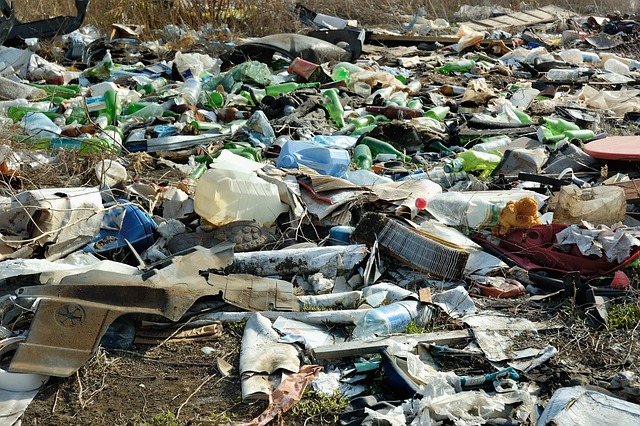Urban Heat Island Effect Emission Solutions for Cooling Cities
 Read MoreUrban Heat Island Effect Emission Solutions for Cooling Cities
Read MoreUrban Heat Island Effect Emission Solutions for Cooling CitiesRestoration of Natural Vegetation Cover Combats Desertification Amid Climate Change
 Read MoreRestoration of Natural Vegetation Cover Combats Desertification Amid Climate Change
Read MoreRestoration of Natural Vegetation Cover Combats Desertification Amid Climate ChangePublic Funds for Sea Level Protection
Read MorePublic Funds for Sea Level ProtectionFairness in Climate Action Raising Sea Level Equity
 Read MoreFairness in Climate Action Raising Sea Level Equity
Read MoreFairness in Climate Action Raising Sea Level EquityRaising Environmental Education to Fight Climate Change
 Read MoreRaising Environmental Education to Fight Climate Change
Read MoreRaising Environmental Education to Fight Climate ChangeBipolarity of Forests in Climate Change and Deforestation
 Read MoreBipolarity of Forests in Climate Change and Deforestation
Read MoreBipolarity of Forests in Climate Change and DeforestationDonations Drive Action Against Rising Sea Levels
 Read MoreDonations Drive Action Against Rising Sea Levels
Read MoreDonations Drive Action Against Rising Sea LevelsGlobal Problems Climate Change Extreme Threat to Our Planet
 Read MoreGlobal Problems Climate Change Extreme Threat to Our Planet
Read MoreGlobal Problems Climate Change Extreme Threat to Our PlanetIndustrial Emissions Drive Climate Change
 Read MoreIndustrial Emissions Drive Climate Change
Read MoreIndustrial Emissions Drive Climate Change